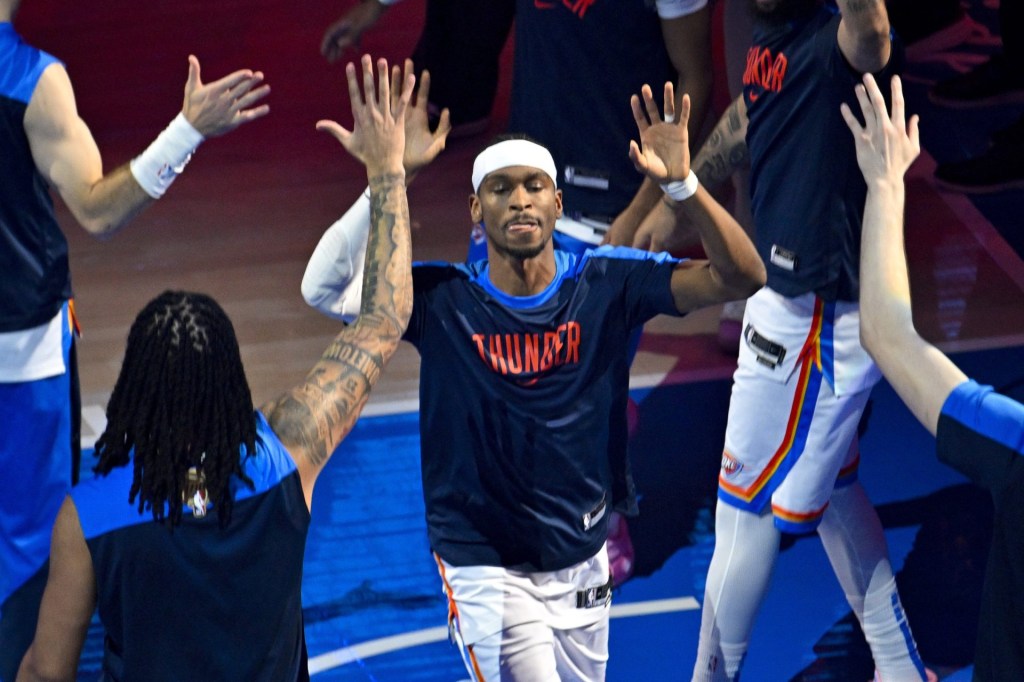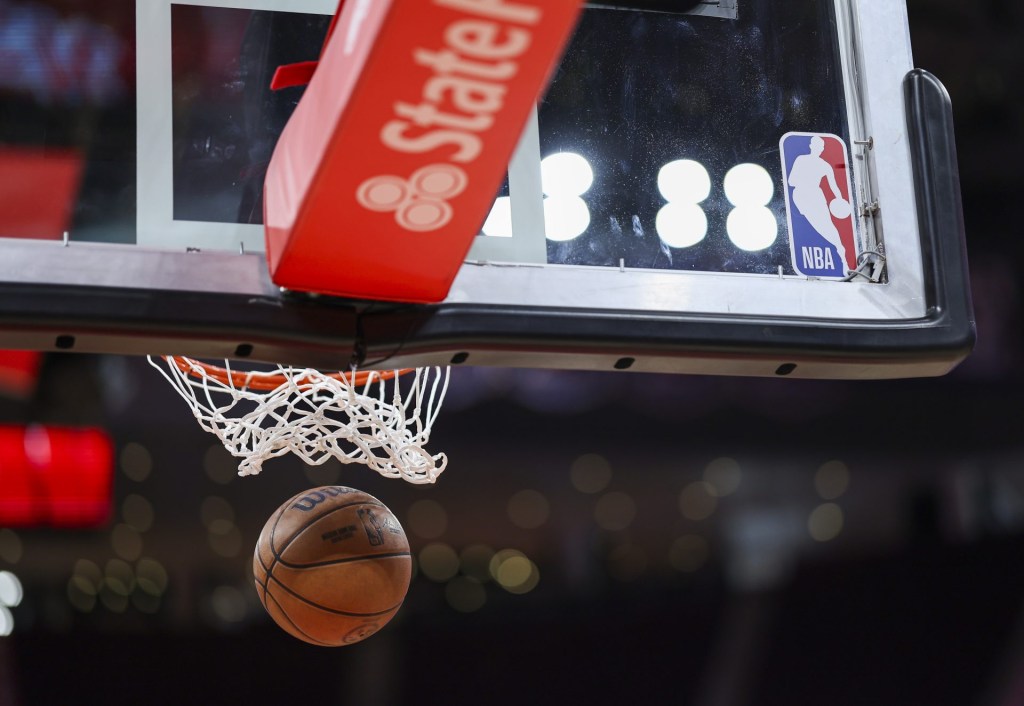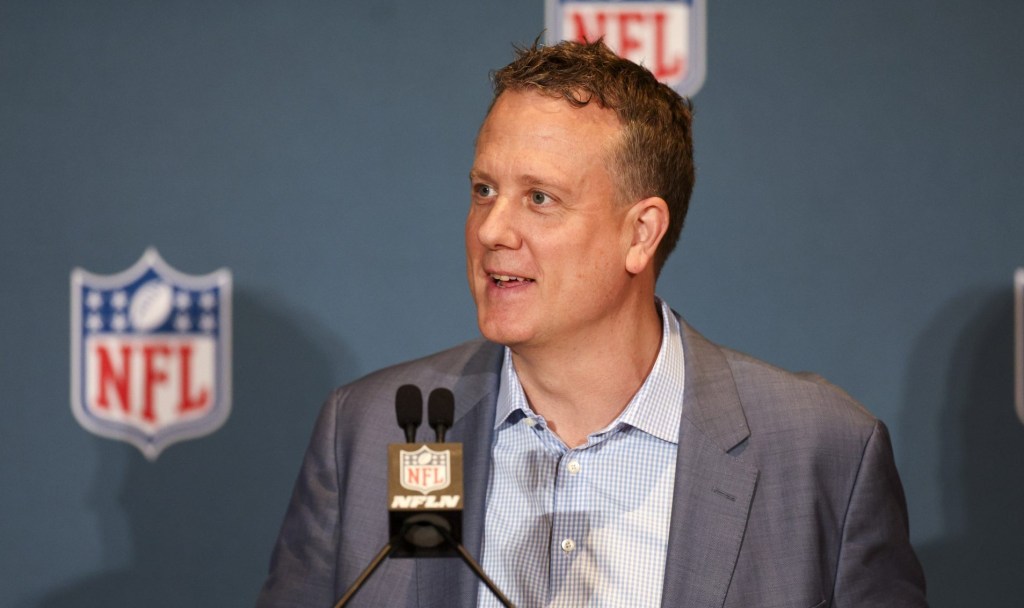By: DaWon Baker, @dawonbbaker

Front Office Sports is proud to have sat down with Samantha Hughey, Social Media Audience Engagement Editor for the United States Olympic Committee. A Western Kentucky and Louisville Alumna, Samantha lives for all things creative and has applied that passion to photography, advertising, and her position with the USOC. She was gracious enough to offer up a view into her background, why she got into social media, and how she believes that opportunities keep you in the game.
What made you want to work in media and communications?
My dad is the vice president of a magazine and where he works in production, so as a child I have always been around the design field. At a young age I was familiar with the process, because he would ask me questions such as why I thought certain color stories made sense and why this cover looked better than that cover. It really helped me immerse myself into that type of culture at a young age.
My family also owned a printing company, with an old school four color printing press. My cousin taught me how to run it (not your typical summer job of a high school kid, but still!), and because of that I got to see the process unfold in front of me allowing me to really understand the importance of DPI and color pallets. This experience gave me a deep love and appreciation for the process — from start to finish.
Because of this exposure early on, I always knew that I wanted to do something in the creative field I just was not sure in what capacity until I held a camera up to my eye. In high school I interned at a local community newspaper where I shot a lot of sports and feature portraits. I was lucky enough to go on and win awards for my photography at Columbia, as well as the Kentucky Press Association. This passion would follow me to college where at Western Kentucky University I entered into their photojournalism program.
Photojournalism was the focus of the first 2–3 years of my academic career until I took a lighting class. During that time, I fell in love with the way you can manipulate the light, and how you could shoot in a certain fashion that would work for advertising. I loved that aspect of it! And because of that I kind of fell out of love with the photojournalism aspect of it. I ended up finishing my college years more focused on advertising.
When I decided to get my masters, social media was truly becoming a part of everybody’s marketing campaigns, crisis communication plans and it was just a huge component of ensuring success. Seeing this, when I got my masters I tried to gear it towards social media because, I knew that there was a science and a rationale behind it, and one behind reaching target demographics and audiences. At that time, I found that to be a niche area in the market, and coupled with my previous education background in the advertising field I knew that Communication was the ideal route for me.
I noticed that when you did get to Louisville, you did social media for the athletic department. Tell me what you learned about working in sport from your journey.
During my time at Louisville, I was thrown into the role of Coordinator of Social Media and Engagement, which was truly an amazing experience. In that role, I really learned that the best way to work in sport is to surround yourself with people who are not just fans of the particular sport, but are fans of the industry.

Just because you are a Teddy Bridgewater fan or a football fan does not mean you have the mentality to be working in the sports industry. You have to love the industry inside and out and love what your component is and understand what you bring to the table.
Having that separation between your fandom and your role in the organization is critical. Of course it is awesome that you are walking past Montrezl Harrell at the KFC Yum! Center, but you cannot fan girl that, you have to understand that they are there to do a job, and you are there to do a job. You have to surround yourself with people who are like that and build your team off of that premise. (S/O to my social team for being those people @laurafleenor, @lovelyylea, @huntdro, @joehio_, @timhaag65)
Earlier you spoke about how you envisioned that you were going to work for an ESPN type and you ended up at the USOC. Do you think communications; social media or anything as far as the media aspect is the best way to capture fandom?
Social media yes, I definitely think so. I actually just did a case study on the FIFA World Cup Last year — Mashable has noticed the trend of social media playing an active role in the viewership and engagement of fans on the sites particularly during sporting events. “More than 80% of sports fans monitor social media sites while watching games on TV, and more than 60% do so while watching live events. Players have capitalized on social media and fueled massive buzz as well.”
Of all the research that I have done that one really resonates with me — the fact that we live in a culture of multiple screens. You are not just watching a football game on your big screen; you also have either an iPad or Smartphone in your hand and in front of you as well.
For example, I am a Bills fan in Colorado Springs, so my games are always blacked out unless we are playing someone on the west coast. With that being the case, the best way to see those games if I am not somewhere with NFL Ticket is through social media. I am able to be apart of that fandom in Buffalo even though I am in Mountain time because teams like the Bills have done a phenomenal job of ensuring that no matter where you are, you can continue being a part of #BillsMafia through their use of social media.
You said earlier that you have your laptop out while you watch games or that you look at trends to help you in your work, how do you relate media and communication trends into your position?
Oh yea for sure! For example, research says that younger demographics are on Snapchat and that is now the way that they are texting and getting information. For someone like myself, I have to take that research and figure out how to best use a platform where your content disappears in 24 hours. The question then becomes, “How do you put analytics on that?” It is a very tough question to answer because a lot of research for the new platforms has not been done yet. For me, one of the best ways to research the new applications is to download them and play around with them myself. Not only does it give me a sense of how the interface works, it allows me to find ways to see how we can integrate them into something that we are doing.
What is the most creative media project you have seen or been apart of related to sports?
Honestly, right now, I am all for the things that Jonathan Gantt and Clemson’s athletic department are doing right now on social media. From their graphics to their GIF’s, they are all on point. One of the most unique things that they did was create a match.com account to attract College Gameday. Like who thinks of that? It is so out of the box, and so against so many athletic departments. It is truly impressive what they have put together especially for the collegiate level.
While I was at Louisville, we played it safe. We had a high profile coaches who did not like, or understand social media, so we really were not 100% behind it, but Clemson is embracing it.
Nebraska, like Clemson, is another program that embraces social media. They let their people who are in charge of Snapchat into their football huddle and into the locker room to get video. It just blows my mind that they are embracing social media so much and using it for the good of it, instead of being like “no, I’m going to sit on the sideline.”
They are doing it and doing it well and because of that they are catching people’s attention. I am definitely not a Clemson or Nebraska fan, but when I see what they do with social, it makes me want to follow them and see what they are posting because it is phenomenal and you always need inspiration.
I am always looking for inspiration, and studying these top programs is a great way for me to not only learn, but use what I have learned and implement it into our own strategy. I like to always ask, “How can I take that and make it better?” Seeing those top people do those phenomenal things is imperative for our industry.
What is the number one thing you need to grasp this industry? What words of advice do you have for those looking to into the social media side of sports?
I think that you need to put in the work. You have to be able to grind day in and day out. While I was at Louisville, I got my masters and was also in charge of social media for our athletic department. I joked with my professor Dr. Karen Freberg while I was lecturing to her class, that I did not sleep often and it was probably more of a truth than a joke as I published papers, worked and got my masters all at once.
I had an idea of where I wanted to be, and I had a goal of what I wanted to accomplish — I knew that meant that I needed to work hard and create that personal branding for myself. I recognized that part of that would not only academic but also being able to connect and communicate with people who could assist me with where I wanted to go.
On social media, we have a hashtag #smsports, and a lot of people contribute to it. It is kind of a smaller community, but we all know each other very well. If you are trying to get into social media and sport, engage in the conversation and join it. Reach out to somebody who’s there. I talk to Russell from Oklahoma athletics, Chris Yandle from Georgia Tech and Kevin DeShazo from Fieldhouse Media. These are people that as a student I was in awe of as they are truly phenomenal people who are very knowledgeable. Now not only are they colleagues, but they are friends that I can have Skype or phone call catch-ups with and even now I can even hop on Periscope and chat with them.
Jessica Smith said it best. “You don’t get into social media because you like to tweet, you don’t get into sport because you are a fan of that particular sport, you get into it because you want to work hard and grind.”
Sports and social media do not sleep. You have to know that. Game day is our biggest day. It is not a day when we can get a 6 pack of beer, order a pizza and watch. We are up at 6am making sure everything is running flawlessly, that we are doing our job, that our content creation is getting out, and our fans are engaged and happy. It is important for you to realize that you are the team behind the team — you have to prepare and execute as such.
Any last words of encouragement?
Getting into sports and social media is a lot of hard work. But you cannot be afraid to go out there. When I started at Louisville, it was a very khaki and polo type of culture and I am not like that. I am a creative; I wear floral, big fur vests, and headbands. I am a very artsy person and I have that different mindset. As long as you are passionate in your field, do not be afraid of the fact that you may look or be different or do things in a different type of way. In the social media world, that is what we need. We want those people who say, “Help me try this. This looks great against this color pallet.” or “Hey what if we do a match.com account?” Those are not the type of people who are sitting behind a desk, or watching sports 24 hours a day. Those are the ones who are reading, researching and staying ahead of the trends. That is imperative.

I also think it is important to take the opportunity to go out and meet other people. A great way to do this is by reaching out to others on Twitter. If you work in an athletic department and you do not know or understand finances, set up a meeting or go over and take them to get coffee. Learn what those people do, because at the end of the day, they are going to remember who you are because you took the time to get to meet them, and in this industry that is important. Not only may they know somebody who knows somebody that can help you down the road, but also talking to them is the way you learn about the athletic department or how the organization works as a whole.
When it comes to game day or #Rio2016, we are all going to be watching the TV in awe of the team scoring that crazy touchdown or be watching Ryan Lochte and Michael Phelps winning those gold medals. That is what we are all striving for — that is what we all want to see. Although you may not be the one on the field, you are the team behind the team. And, for me, that’s what it is all about.
Samantha mentioned quite a few people on Front Office Sports must-follow list, check them out here!
You can follow Samantha on Twitter here and connect with her on LinkedIn here!
This interview is another edition of “Winning Edge Wednesday” in congruence with our partnership with the Winning Edge Leadership Academy. Every Wednesday we will be featuring the story of a woman or minority working in the sports business industry. If you know of a professional you would like featured, drop us a line at russ@frontofficesports.org.


















